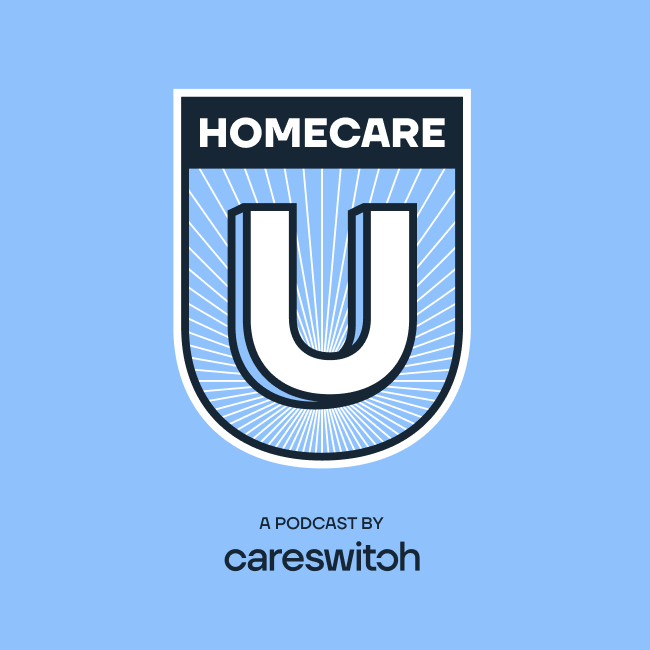
How the CMS Quadruple Aim Model Inspired a Home Care Business and Resulted in Millions (Guy Tommasi)
Lifetime Care at Home was one of the first non-medical home care agencies in the country to incorporate the CMS Quadruple Aim Value Based Care pillars into its care coordination model. Guy Tommasi, former Managing Director of 13 years, is here to share how he captured millions in revenue by increasing cases, improving operations, and elevating company culture.
Show Notes
Connect with Guy on LinkedIn
Email: gt@corcoranconsultants.com
Listen directly on Spotify or Apple Podcasts
Value-Based Care in Home Care FAQ
What is value-based care in home care?
Value-based care in home care focuses on providing quality care that improves client outcomes while controlling costs. It shifts the focus from the volume of services (fee-for-service) to the value and effectiveness of those services.
How does the CMS Quadruple Aim concept relate to value-based care?
The Quadruple Aim, developed by CMS, outlines four key goals of value-based care:
- Improved client experience: Enhancing the quality of care and satisfaction for clients.
- Better outcomes: Achieving better health outcomes for individuals and populations.
- Lower costs: Reducing unnecessary healthcare expenses and improving efficiency.
- Increased clinician satisfaction: Promoting a supportive and fulfilling work environment for caregivers.
How can home care agencies implement a value-based care model?
- Identify key tracking metrics: Focus on data points reflecting the Quadruple Aim, such as rehospitalization rates, functional improvement, client and caregiver satisfaction.
- Track and measure outcomes: Implement systems to consistently track these metrics using assessments, surveys, and software tools.
- Develop care plans based on data: Use gathered data to create individualized care plans addressing client needs and risk factors.
- Communicate value to referral partners: Present your agency's impact on these metrics to hospitals, skilled nursing facilities, and other stakeholders.
What are 'key tracking metrics', and how are they different from 'key performance indicators' (KPIs)?
Key tracking metrics are external data points showcasing your agency's value to referral partners. They directly align with the Quadruple Aim and demonstrate your impact on client outcomes.
In contrast, KPIs (Key Performance Indicators) are internal metrics used to track and manage your agency's performance and efficiency.
What are some low-hanging fruit opportunities for home care agencies to gather valuable data?
The 30-60-90 day reassessments already conducted by most agencies are a goldmine of information. By analyzing changes in ADLs, identifying risk factors, and tracking progress, you can extract data that demonstrates your agency's impact on client outcomes.
How can home care agencies demonstrate their value to referral partners?
Develop a clear and concise "dashboard" that visually represents your agency's impact on the Quadruple Aim. Include specific data points like re-hospitalization rates, functional improvement scores, and client and caregiver satisfaction ratings.
What are some emerging trends in home care that embrace a value-based approach?
- Hospital at home programs: Provide hospital-level care in a patient's home, reducing hospitalizations and improving client satisfaction.
- Continuing care retirement communities without walls: Offer membership-based access to a continuum of care services, including home care, for seniors living in their homes.
- PACE programs (Program of All-Inclusive Care for the Elderly): Provide comprehensive medical and social services to keep seniors living at home.
What is one crucial piece of advice for home care agencies looking to thrive in a value-based care environment?
Be open to partnerships and collaboration. By working together with hospitals, healthcare providers, and other community organizations, you can expand your reach, share resources, and create a more integrated and effective care system.
